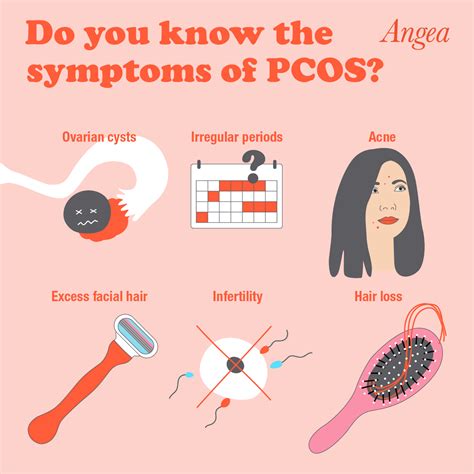PCOS: How to Get a Diagnosis
Polycystic ovary syndrome (PCOS) is a hormonal disorder affecting women of reproductive age. It can be tricky to diagnose because symptoms vary widely, and there's no single definitive test. This guide will walk you through the process of getting a PCOS diagnosis.
Understanding the Diagnostic Process
Diagnosing PCOS involves a combination of evaluating your symptoms, conducting physical examinations, and running specific tests. It's crucial to remember that self-diagnosing is not recommended. A healthcare professional, such as a gynecologist or endocrinologist, is essential for accurate diagnosis and treatment.
1. Detailed Medical History and Physical Exam
Your journey starts with a comprehensive discussion with your doctor. Be prepared to provide detailed information about your:
- Menstrual cycle: Irregular periods, infrequent periods, or excessively heavy bleeding are key indicators.
- Reproductive history: Difficulty conceiving, history of miscarriages.
- Other symptoms: This includes acne, excessive hair growth (hirsutism), weight gain, thinning hair, and skin tags. Don't hesitate to mention even seemingly minor symptoms.
The physical exam will typically include:
- Pelvic exam: To assess your reproductive organs.
- Weight and BMI measurement: Obesity is often associated with PCOS.
- Blood pressure check: High blood pressure is a potential complication.
2. Diagnostic Tests
Several tests help confirm a PCOS diagnosis. Your doctor will likely order some or all of the following:
-
Blood tests: These measure hormone levels, including:
- Androgens: Elevated levels of these male hormones contribute to many PCOS symptoms.
- LH (luteinizing hormone) and FSH (follicle-stimulating hormone): An elevated LH-to-FSH ratio is often seen in PCOS.
- Insulin: Insulin resistance, a common feature of PCOS, is often assessed.
- Fasting glucose and lipid profile: To check for potential metabolic complications like diabetes.
-
Ultrasound: A pelvic ultrasound examines your ovaries for the presence of numerous small cysts, a characteristic feature of PCOS, although it's important to note that not everyone with PCOS will have visible cysts on an ultrasound.
The Rotterdam Criteria
The Rotterdam criteria are widely used for diagnosing PCOS. They require the presence of at least two out of the following three:
- Irregular periods (oligo- or anovulation): Infrequent or absent menstrual cycles.
- Biochemical evidence of hyperandrogenism: Elevated androgen levels.
- Polycystic ovaries: Detected on ultrasound.
It's important to understand that meeting the Rotterdam criteria doesn't automatically guarantee a PCOS diagnosis. Your doctor will consider all aspects of your medical history, physical examination, and test results to make a comprehensive assessment and rule out other possible conditions.
Seeking Professional Help
If you're experiencing symptoms that might indicate PCOS, don't delay seeking medical attention. Early diagnosis and management can help prevent potential long-term health complications, such as type 2 diabetes, heart disease, and sleep apnea. Finding a healthcare provider you trust and feel comfortable talking to is crucial for effective management of your condition. Remember, a proper diagnosis is the first step towards managing PCOS and improving your overall health and well-being.
